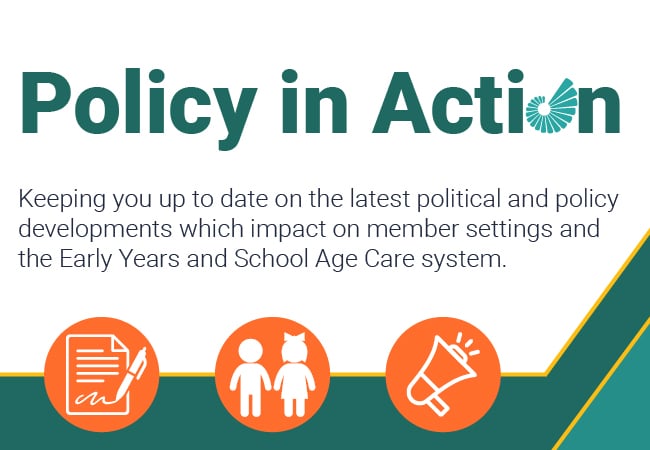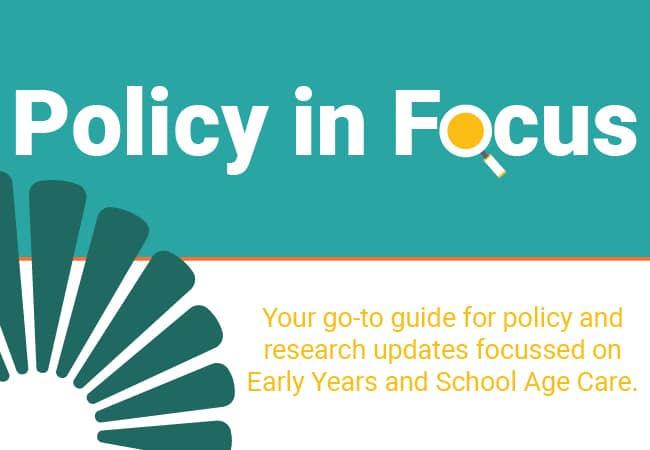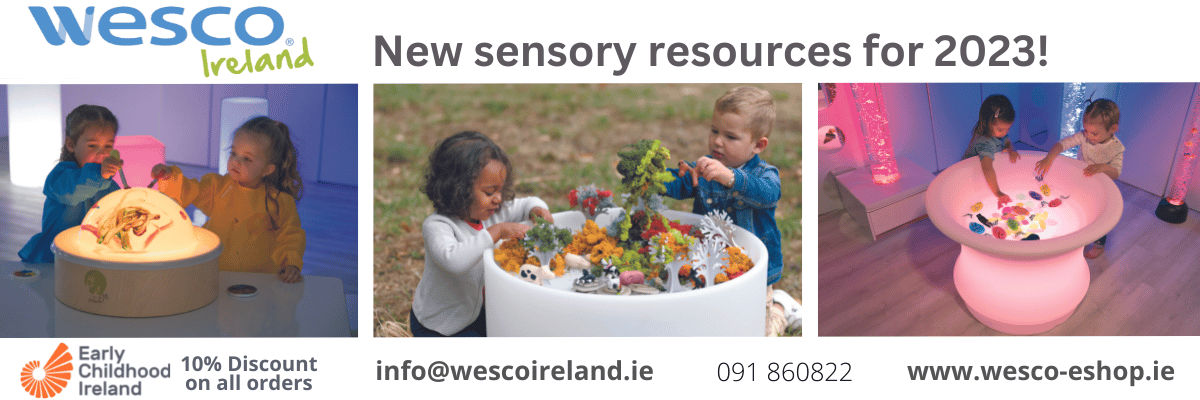Playing with Roles
The complexity of children’s play continues to leave me with many questions. Recently, I was visiting my friend, and her curious 2-year-old who has begun to show an interest in doctors and patients.
On this day, she ran excitedly across the sitting room, and suddenly, progressed into a slow walk with both hands on her tummy. Her head was down as she gazed across the room towards me. Her voice lowered, and she whispered ‘Me not well’. Following her lead, I concernedly repeated ‘oh, you’re not well, what will we do?’. The conversation continued to her needing ‘medicine’. When asked, what did that look like, she scurried to the play kitchen and improvised with the babies’ bottle. Saying in a low tone ‘Me sick, me need medicine’, she handed me the bottle, and lay on the ground in a curled position. Following her cue, I knelt beside her and gave her the ‘medicine’.
In the next moment, I shared with her something which we are all familiar with. A smile. A glisten in her eye. And a look of ‘you know I am not sick, but something is happening here’. Dr Carmel Brennan speaks of this as the ‘I know, you know, I know moment’, or the shared meaning (intersubjectivity). This moment allowed for her to have a shared understanding of doctors and patients. It allowed her to share her experience, and understanding of what it means. In that moment, she became playful. We have all experienced this moment, whether we have drunk a cup of tea from a plastic cup, heard the crying doll, or ran from the scary dinosaur chasing us outside.
Aistear (2009) reminds us, play is at the centre of each child’s journey, and it is within this wondrous world which children bring their own culture, background interests and experiences. Each time she engages, the play is meaningful and relevant to her. And it is guided by her emotions, feelings and imagination. Maria Aarts believes through naming a child’s initiatives, we are affirming they have good play ideas. We are meeting the child where they are at, and positively encouraging what it is the child wants to play.
From this experience, it has reminded me to slow down even more. Slow down when listening to children’s verbal cues. Slowing down, and waiting for the cue to enter their world of play. And slowing down, and meeting the child where they are at regarding their experiences, understandings and interests.
Have you noticed how children enter the play frame in your settings? How they draw us in to their play ideas and how important it is to give time for the play idea to develop.
For similar themes read our previous blog posts on “Capturing the Wonder of Childhood” and “How slowing down builds better curriculum“.









